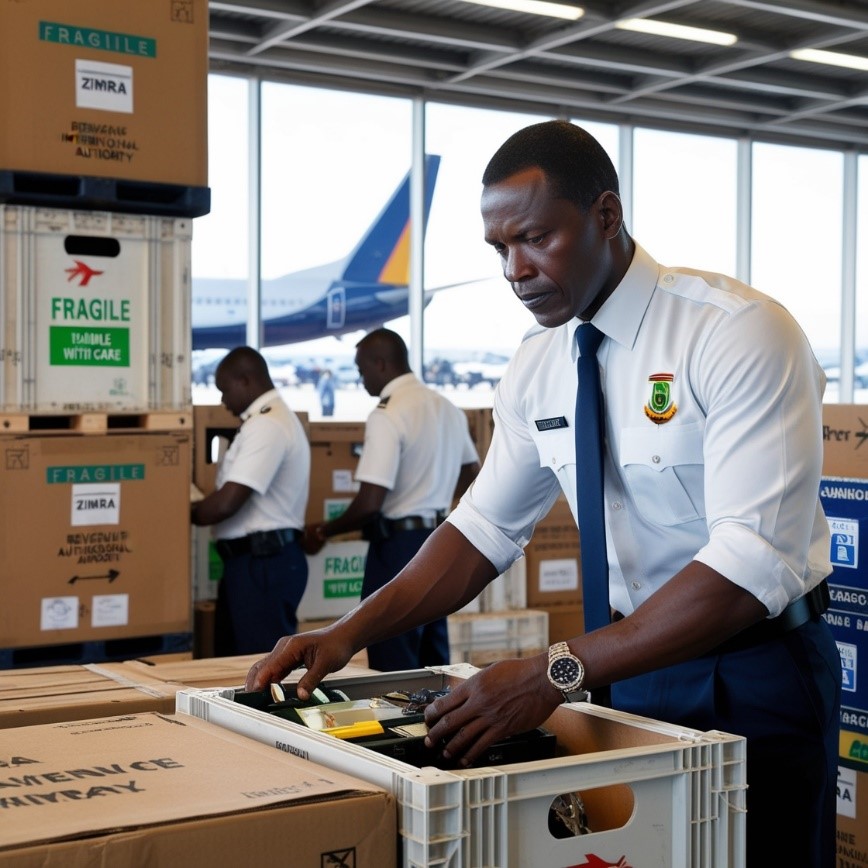What are Incoterms?
Incoterms are the selling terms that the buyer and seller of goods both agree to during international transactions. Understanding Incoterms is a vital part of International Trade because they clearly state which tasks, costs and risks are associated with the buyer and the seller. Some encompass any mode or modes of transport. Transport by all modes of transport (road, rail, air and sea) covers FCA, CPT, CIP, DAP, DPU (replaces DAT) and DDP. Sea/Inland waterway transport (Sea) covers FAS, FOB, CFR and CIF.
WHY INCOTERMS?
They are a set of rules published by the International Chamber of Commerce (ICC), which relate to International Commercial Law. According to the ICC, Incoterms rules provide internationally accepted definitions and rules of interpretation for most common commercial terms used in contracts for the sale of goods. All International purchases will be processed on an agreed Incoterm to define which party legally incurs costs and risks. Incoterms will be clearly stated on relevant shipping documents.
Ex Works
EXW – Ex Works – Using the EXW Incoterms, the seller is responsible for having the goods packed and made available at the seller’s premises. Using the EXW shipping term, the seller that provides the goods to the buyer in a designated area, like a production site or warehouse. The buyer bears the full risk and costs from there to the destination – including the loading of the cargo and is responsible for all transportation. Remember the seller is not obligated to provide any further requirements and is only responsible for making sure the goods are packed and available at their premises. The buyer, therefore, has the majority of the responsibility and is obligated to load the goods, export procedures/export licenses, and transportation costs as well as any associated goods in collecting the cargo, customs clearance, and delivering the goods.
FCA
With the FCA Incoterm, the seller is responsible for delivery to the named place. Usually, the named place is the terminal or warehouse. The Seller is responsible for the majority of the tasks in the country of export such as documentation and commercial invoice. Risk and cost are transferred to the buyer as soon as delivery takes place to the named place. Using the shipping term Free Carrier (FCA), the seller must take responsibility for the export clearance. In addition, using the FCA shipping term, the seller is also responsible for delivery to the carrier at the named place. The buyer under the FCA shipping term is responsible for loading charges, main carriage and transportation, discharge and onforwarding as well as import clearance. The Free Carrier Incoterm can be used for all modes of transport, including FCL, LCL, and air. It is commonly used for containerized ocean freight.
CPT – Carriage Paid To
Incoterm CPT Carriage Paid To The seller is responsible for the transportation and costs to the named place at the destination. The risk is transferred to the buyer once the cargo is delivered to the first carrier. sing the shipping term Carriage Paid To (CPT), the seller has an obligation to take responsibility for both the transportation and costs to the named place at destination. Check also if THC (Terminal Handling Charges) are included or not in your quote. With all incoterms it is important to understand the obligations of both the buyer and seller.
CIP – Carriage and Insurance Paid To
With the CIP Incoterm, the seller arranges the transportation, costs and insurance on behalf of the buyer to a named place at destination. Under the Incoterms 2020 CIP terms, the risk is transferred to the buyer once delivered to the first carrier. The seller is obliged to obtain extensive insurance cover complying with insurance cargo clauses (A) or similar clauses in the buyer’s name. The seller also pays for insurance. The seller is responsible for the cost of carriage as well as all-risk insurance coverage. As with Incoterm CPT, the delivery of the goods takes place, and risk transfers from seller to buyer, at the point where the goods are taken in charge by a carrier. The buyer is responsible from that point onwards regardless of the mode of transport.
Delivered At Place (DAP)
With the DAP Incoterm, the seller delivers the goods to the agreed place of destination. The seller assumes all of the risk and cost until the goods are ready to be unloaded at the named place at destination. In other words, the seller holds the majority of the responsibility including packaging, documentation, export approval, loading charges, and the final delivery.
DPU (DELIVERED AT PLACE UNLOADED)
With the DPU Incoterm, the seller assumes all costs and risks until the goods are unloaded at the agreed named place at destination. In this case, the buyer is responsible for import customs formalities.
DDP – Delivery Duty Paid.
Using the DDP Incoterm rule means the seller delivers the goods to the agreed place destination. Using the DDP Incoterm rule, the seller assumes all cost – including import formalities, and risks until the goods are ready for unloading at named place of destination.
FAS – Free Alongside Ship
Using the FAS (Free Alongside Ship) Incoterms rule, the seller is responsible for the delivery of the goods at the port alongside the vessel. From this point onwards, the risk and the cost responsibility transfer to the buyer.
FOB – Free On Board – Incoterms.
Using the FOB Incoterm rule, the seller is responsible for the delivery of goods loaded on board the vessel. The risk and costs are transferred to the buyer as soon as the goods have been loaded onboard the vessel.
CFR – Cost And Freight – Incoterms.
Using the CFR Incoterm, the seller covers the cost of freight to the named port of destination or place. The risk of loss of or damage is transferred as soon as the goods are loaded onto the vessel. Main transport however is covered by the seller including contractual obligations.
Cost, Insurance and Freight
Using the Incoterms rule CIF, the seller covers the cost of insurance AND freight to the named port of destination or place. The risk is transferred as soon as the goods are loaded on board the vessel i.e., are loaded onto the ship. The seller is required to purchase minimum insurance coverage complying with the Institute Cargo Clauses in the buyer’s name in the case of damage or loss.













